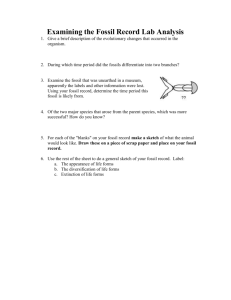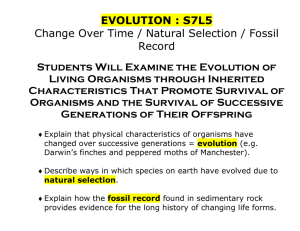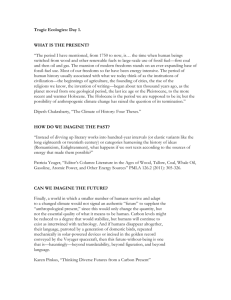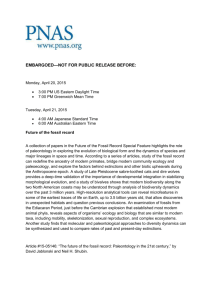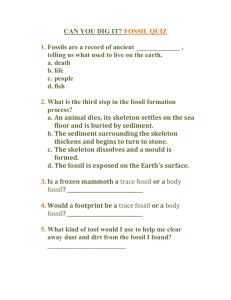K-P Monitoring Team Discover Giant Wombat - Koondrook
advertisement
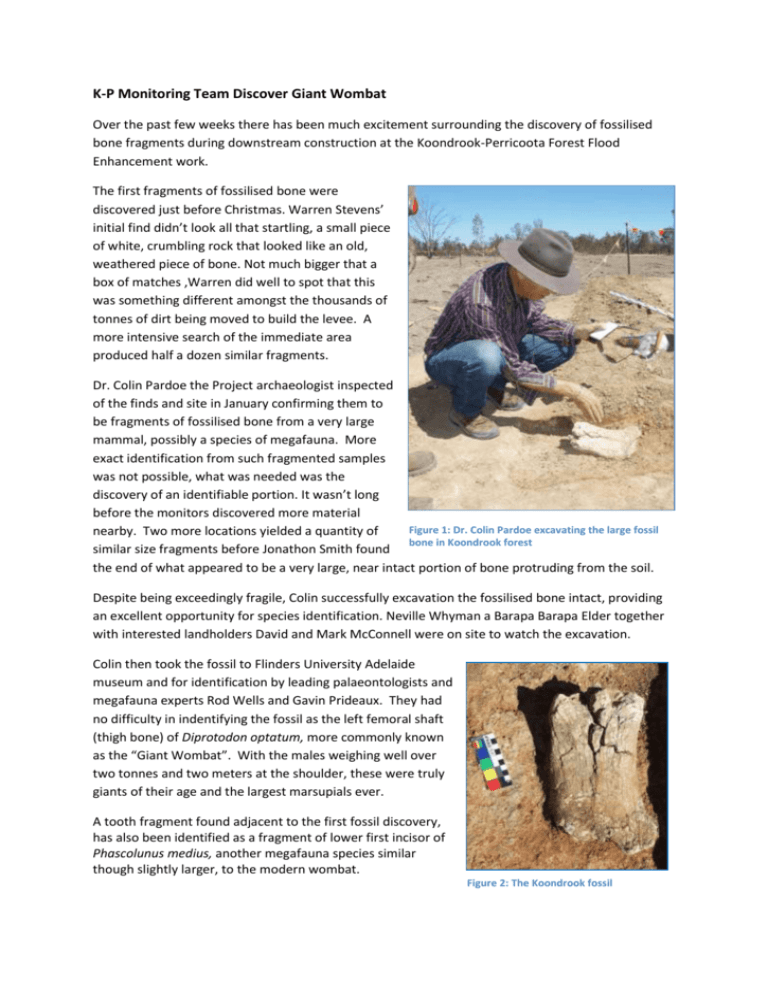
K-P Monitoring Team Discover Giant Wombat Over the past few weeks there has been much excitement surrounding the discovery of fossilised bone fragments during downstream construction at the Koondrook-Perricoota Forest Flood Enhancement work. The first fragments of fossilised bone were discovered just before Christmas. Warren Stevens’ initial find didn’t look all that startling, a small piece of white, crumbling rock that looked like an old, weathered piece of bone. Not much bigger that a box of matches ,Warren did well to spot that this was something different amongst the thousands of tonnes of dirt being moved to build the levee. A more intensive search of the immediate area produced half a dozen similar fragments. Dr. Colin Pardoe the Project archaeologist inspected of the finds and site in January confirming them to be fragments of fossilised bone from a very large mammal, possibly a species of megafauna. More exact identification from such fragmented samples was not possible, what was needed was the discovery of an identifiable portion. It wasn’t long before the monitors discovered more material Figure 1: Dr. Colin Pardoe excavating the large fossil nearby. Two more locations yielded a quantity of bone in Koondrook forest similar size fragments before Jonathon Smith found the end of what appeared to be a very large, near intact portion of bone protruding from the soil. Despite being exceedingly fragile, Colin successfully excavation the fossilised bone intact, providing an excellent opportunity for species identification. Neville Whyman a Barapa Barapa Elder together with interested landholders David and Mark McConnell were on site to watch the excavation. Colin then took the fossil to Flinders University Adelaide museum and for identification by leading palaeontologists and megafauna experts Rod Wells and Gavin Prideaux. They had no difficulty in indentifying the fossil as the left femoral shaft (thigh bone) of Diprotodon optatum, more commonly known as the “Giant Wombat”. With the males weighing well over two tonnes and two meters at the shoulder, these were truly giants of their age and the largest marsupials ever. A tooth fragment found adjacent to the first fossil discovery, has also been identified as a fragment of lower first incisor of Phascolunus medius, another megafauna species similar though slightly larger, to the modern wombat. Figure 2: The Koondrook fossil During construction the Cultural Heritage Monitoring Team have done a wonderful job of identifying and protecting Aboriginal cultural heritage sites. With 20 new burial sites, 35 stone artefacts and a 100 other new sites discovered during the works, they have provided a valuable new view of how the forest was occupied and used. To this impressive list the fossilised remains of two megafauna species can be added Diprotodon optatum, more commonly known as the “Giant Wombat” and Phascolunus medius, another megafauna species similar though slightly larger, to the modern wombat . These most recent discoveries throw new light on the prehistoric natural history of the forest and surrounding area during the Pleistocene period. Further tests are underway to provide more information on the fossil such as dating. Figure 3: Koondrook fossil alongside the femur of a Diprotodon from South Australian collection The fossil finds have understandably generated considerable local interest, therefore the fossil will go on displayed in Barham, in the window at the Project Info’ Centre together with some general information for the community. After Easter the fossil will return to Adelaide museum for cleaning and stabilising to ensure preservation and prevent any damage. Long-term it is hoped the display will be moved to the public library or local schools where it can be utilised as a valuable resource on local natural history. Add picture of the monitoring team Figure 4: A life size model of Diprotodon at the Naracoorte Caves World Heritage Fossil Site in South Australia



